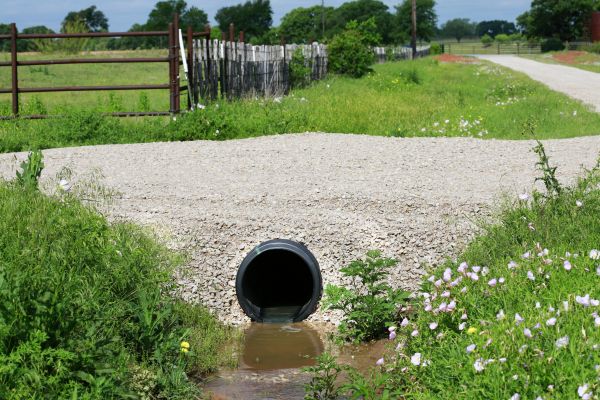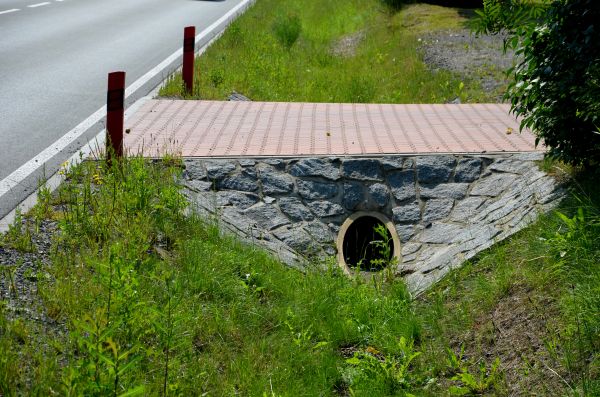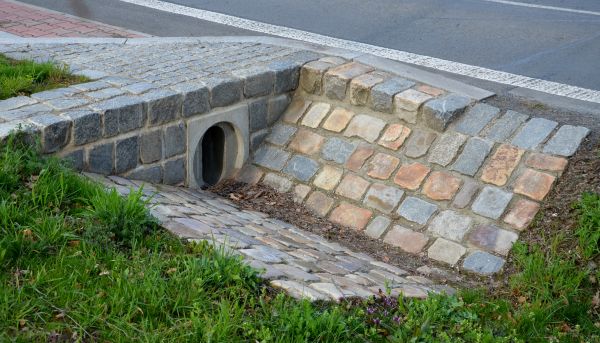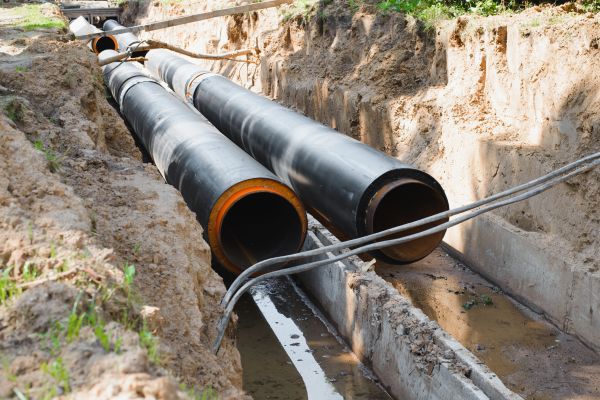Culvert Construction Service – Frequently Asked Questions (FAQ)
What is a culvert, and why is it needed?
A culvert is a structure that allows water to flow under a road, driveway, or other pathways. It helps manage drainage, prevents flooding, and maintains proper water flow in areas where water naturally collects or flows, such as ditches or small streams.
What materials are used for culverts?
Culverts are typically made from materials like concrete, steel, or plastic (HDPE). The choice of material depends on factors such as water flow, soil conditions, and the load the culvert will need to support.
How do I know what size culvert I need?
The size of the culvert depends on the volume of water it needs to handle, the slope of the area, and any local regulations. A professional will assess these factors during the site evaluation to determine the appropriate culvert size.
What are the different types of culverts?
Common types of culverts include pipe culverts (circular or elliptical), box culverts (rectangular), arch culverts, and open-bottom culverts. The type used depends on the site's specific needs and environmental considerations.
How long does culvert construction take?
The timeline for culvert construction depends on the project's scope, the type of culvert being installed, and site conditions. A small project might take just a few days, while larger or more complex installations may take longer.




